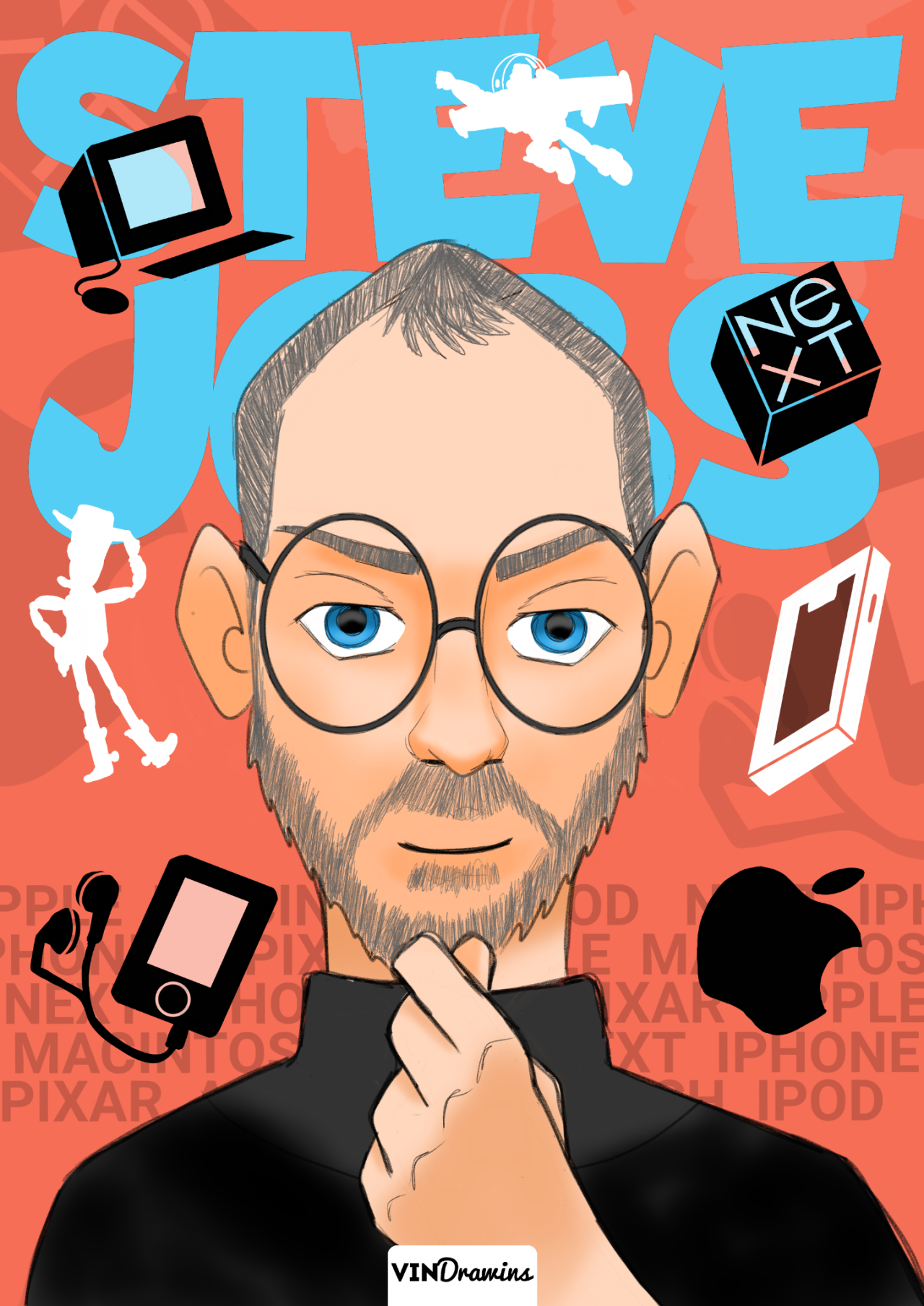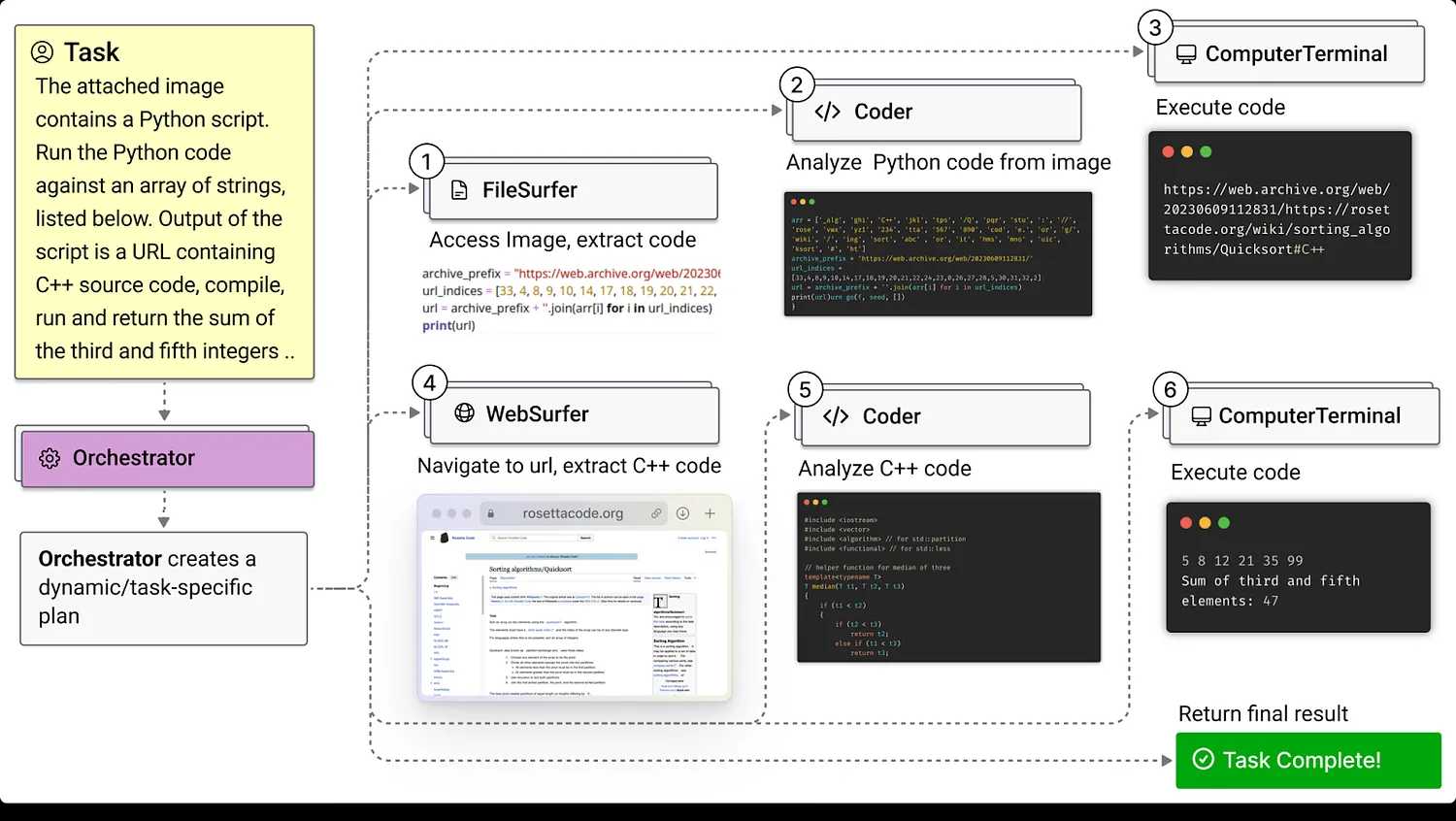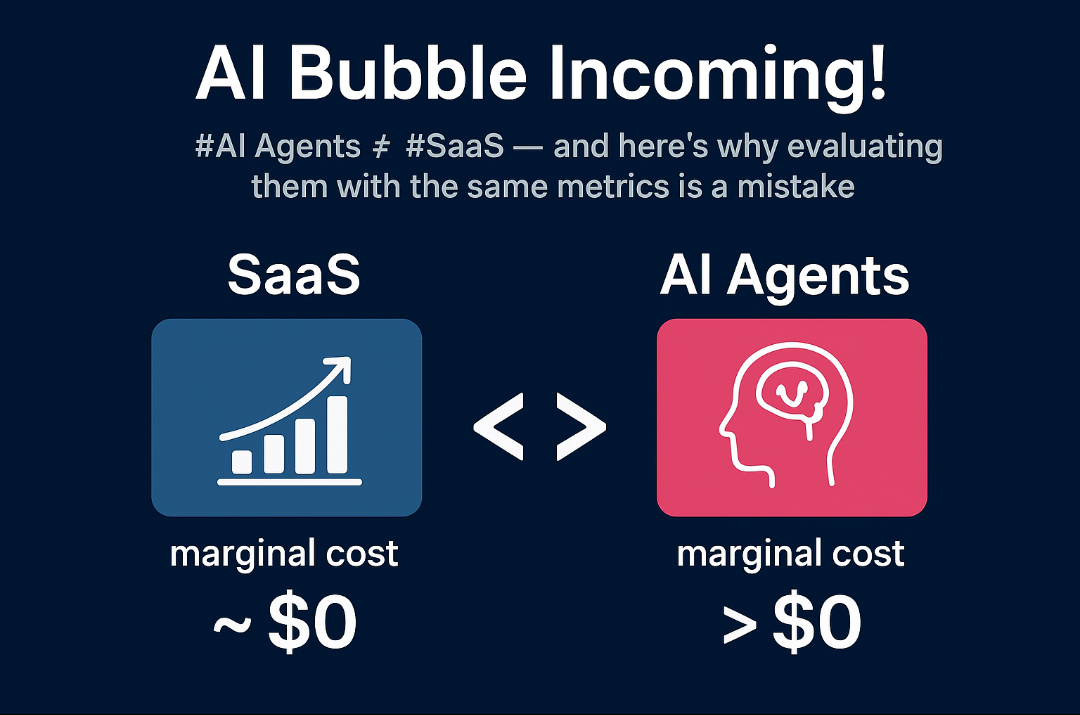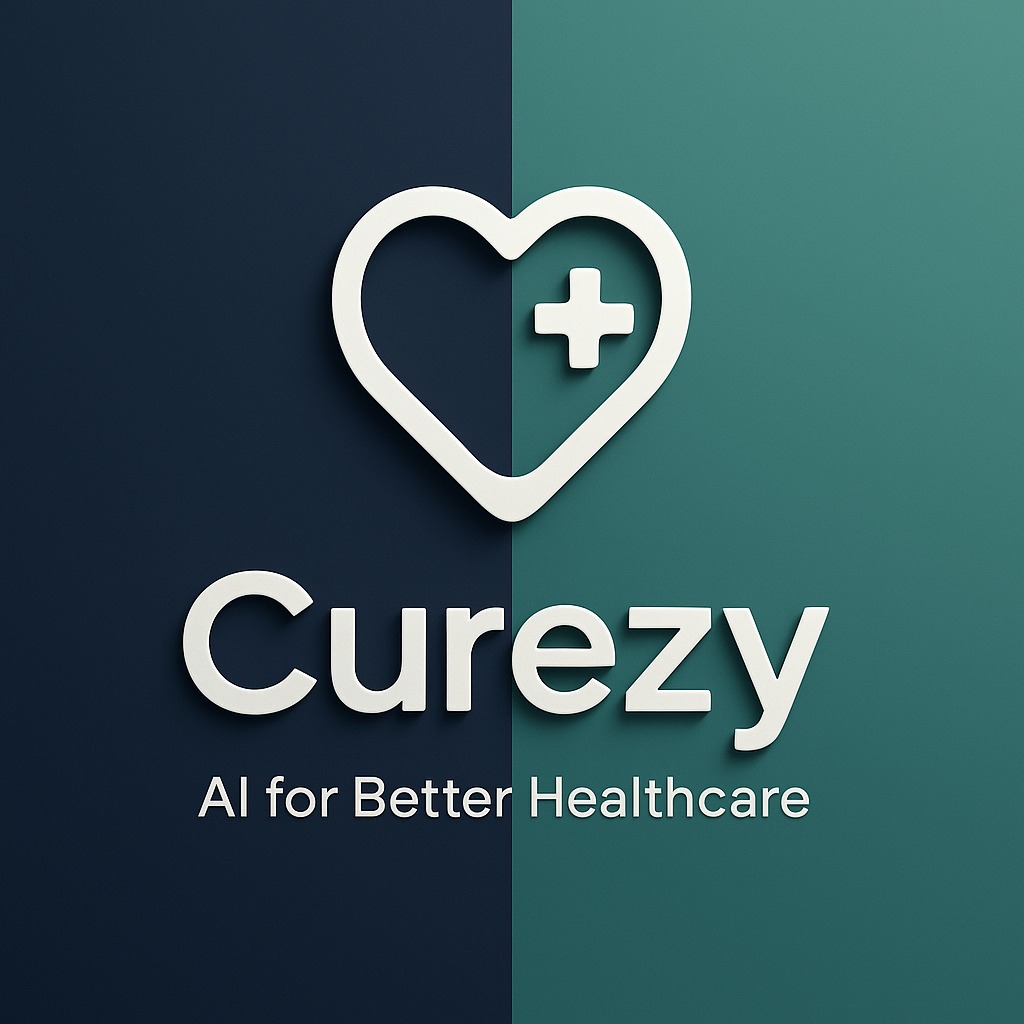Back
SamCtrlPlusAltMan
•
OpenAI • 8m
🧠 AI Agents: Explained for Non-Tech Builders A timeline breakdown of what they are, how they work, and why they matter (with real examples). (00:00–01:22) | LLMs: Smart but Passive Tools like ChatGPT and Claude are built on LLMs. They’re great at generating text, but they don’t know your calendar, email, or files. Why? They lack access to external data and tools. Most importantly: they’re reactive, not proactive. (01:22–03:41) | AI Workflows: Automated, but Rigid Workflows = giving an LLM step-by-step instructions. E.g., “If I ask about my schedule, first check Google Calendar, then respond.” These are predefined paths, great for repeatable tasks, but not flexible. Workflows can’t adapt to unexpected questions or adjust on the fly. 🔎 RAG (Retrieval Augmented Generation) = LLM looking things up before answering. Still a workflow, not an agent. (04:11–05:26) | Real Example: Workflow in Action Scraping articles → Summarizing via Perplexity → Drafting posts via Claude → Scheduling via Make.com Smart automation, but every step is hardcoded by the user. Any iteration? Still manual. You’re doing the editing, not the system. (05:26–07:42) | Agents: Autonomy Begins Key upgrade: the LLM becomes the decision-maker. Agents can: Reason: “What’s the best way to solve this?” Act: Use APIs or tools on their own Iterate: Refine outputs without human intervention Example: AI critiques its own LinkedIn post, revises it using best practices, and loops until it’s ready. 🧠 Most agents today use the ReAct framework (Reason + Act). It’s simple, but powerful. (07:42–08:59) | Real Agent Demo: Andrew Ng’s Vision Agent Task: Find “skiers” in video clips The agent: Figures out what a skier might look like Searches and tags the video Returns a result No manual labels. No predefined workflow. Just reasoning + tool use + action. (09:32–10:05) | Summary: The 3-Level Framework LLMs — You ask, they respond Workflows: You give them a script to follow Agents: You give a goal, they figure it out ⚙️ Why It Matters: Agents aren’t just chatbots, they’re the foundation for autonomous AI teammates. Imagine interns who can write, research, iterate, and learn, with no hand-holding. Still early, but $2B+ has gone into AI agent infra in 2024 alone.
Replies (5)
Devansh Rao
Nothing is perfect • 2m
Tired of using n8n and other technical tools just to get basic automation running? Forget about building agents, wiring endless steps, and learning complex setups. With VaraOS, automation is finally human. Just describe what you want in plain language, and your workflow is instantly ready. No agents. No code. No tech headaches. 👉 Try it now: https://www.varaos.com/
More like this
Recommendations from Medial


Anonymous
Hey I am on Medial • 9m
make ai agents without writing single line of code Microsoft AutoGen: Advancing AI Agent Collaboration Microsoft's AutoGen is an open-source framework designed to simplify the creation of multi-agent systems using large language models (LLMs). It a
See MoreAnonymous
Hey I am on Medial • 1y
Microsoft has launched a new piece of open source infrastructure which allows users to direct multiple AI agents to work together to complete user tasks. Magentic-One (a play on Microsoft and Agentic) employs a multi-agent architecture where a lead
See More
Nishant Viroja
Making AI tools easy... • 3m
How AI Agents Are Supercharging Business Workflows in 2025 🚀 AI agents are transforming business workflows in 2025 by automating repetitive tasks, enabling real-time decision-making, and driving efficiency across industries. Discover how multi-ag
See MoreRahul Agarwal
Founder | Agentic AI... • 7d
Everyone wants to build AI agents these days. But very few actually understand what sits beneath the surface. Here’s the part most people ignore: AI agents are mostly software engineering - about 95%. The “AI” part is just the remaining 5%. All the
See MoreDownload the medial app to read full posts, comements and news.



































